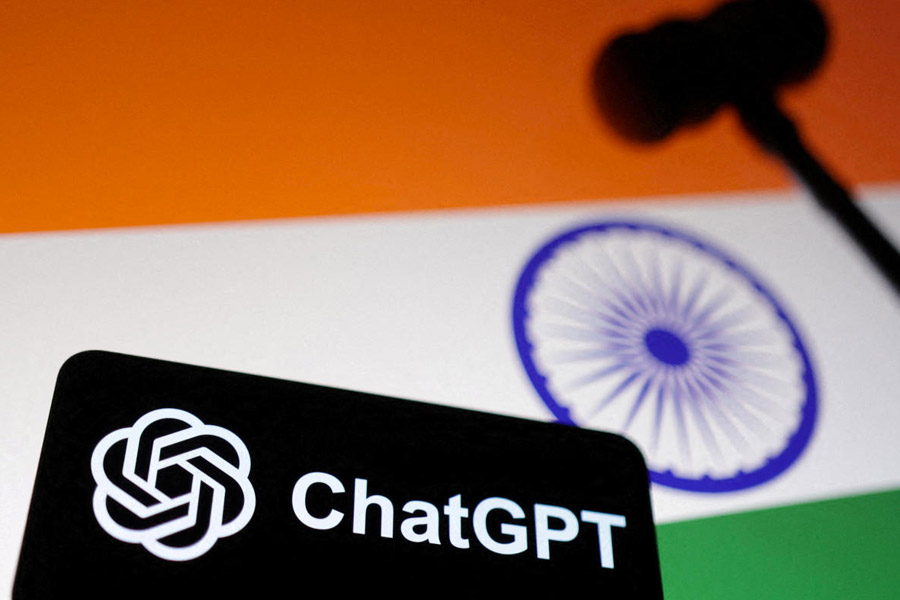There has been an exorbitant rise in out-of-pocket expenditure and its subsequent impact on the consumption basket and intra-household allocation of resources has not gone unnoticed. In 2015, the World Bank and the World Health Organization had estimated that around 400 million people lack access to basic health services, and that 6 per cent of people in low and middle-income countries are being pushed further into extreme poverty because of increased spending on health.
The Indian government attempted to tackle this issue by introducing the Rashtriya Swasthya Bima Yojana in 2008; the RSBY covered hospitalization expenses up to Rs 30,000 for families below the poverty line. However, the scheme did not make any significant difference.
The Bharatiya Janata Party-led government launched the Ayushman Bharat Pradhan Mantri Jan Arogya Yojana in 2018. Billed as the world’s largest publicly-funded health insurance scheme and designed in tandem with the sustainable development goals, the PM-JAY is an entitlement-based scheme, which provides an insurance coverage of five lakh to 100 million ‘poor and vulnerable’ households identified on the basis of the database of Socio-Economic Caste Census, 2011.
Challenges of identification, sustainability, finance and synchronization had been highlighted on its completion of one year. Official records show that PM-JAY had facilitated over one crore treatments upon its completion of two years. Yet, narratives from the ground reveal glaring disparities.
I recently undertook a study to understand the patterns of expenditure and savings among households headed by women in Lucknow district. I interacted with 60 such households, studying their spending on education, health and leisure. I will concentrate on my findings in health for this piece. PM-JAY extends its services to ‘female-headed households with no adult male member between age 16 to 59’. Such an analysis, therefore, merits scrutiny.
My research findings show that low-income households prefer private hospitals because of their quality and quicker services. But they cannot afford the costs. Households engaged in daily wage work preferred prescriptions from pharmacies due to the paucity of time. Some households opted for homeopathic treatment on account of the tedious process of availing healthcare services. With the rise in income, households could afford private healthcare services. Most families with members employed with the government preferred public healthcare institutions since ‘connections’ facilitated quicker services.
Out of the 50 households eligible for PM-JAY health cards, only two respondent families actually possessed it; of the two, one family did not plan on using it. The families complained of delays from the pradhan’s end and the lack of enthusiasm in the panchayat to procure the health cards for them. A number of eligible families — their names are on the official list of card recipients — had not received their cards. Upon questioning the local authorities, they were informed that there was no response from the higher authorities on the matter.
Most families were unaware of the perks of the PM-JAY health card. Those who knew of the benefits said they were not enthused because of the lack of effective functioning of the initiative. One particular family revealed that they had been subject to stigma by the authorities on the production of the card.
A report by UN Women and UNDP states that Indian women are 2.7 times more likely to die of Covid-19 death when compared to white women. Research has also drawn linkages between a robust health infrastructure and gender equity. A resilient and sustainable health network is a step towards attaining Sustainable Development Goal-5.
The effective implementation of PM-JAY would be possible if we adopt an approach that tends to the community’s needs, is evidence-based and well-administered. Such a strategy will also ensure that the objective of PM-JAY — breaking the poverty cycle caused by exorbitant health spending — is met.
Universal healthcare is based on the principle of equity. Equity in health is rooted in the paradigm of distributive justice. My recommendation to the government as a concerned citizen would be to conduct periodic gender-disaggregated analysis of PM-JAY to unlock its potential and improve its implementation.










